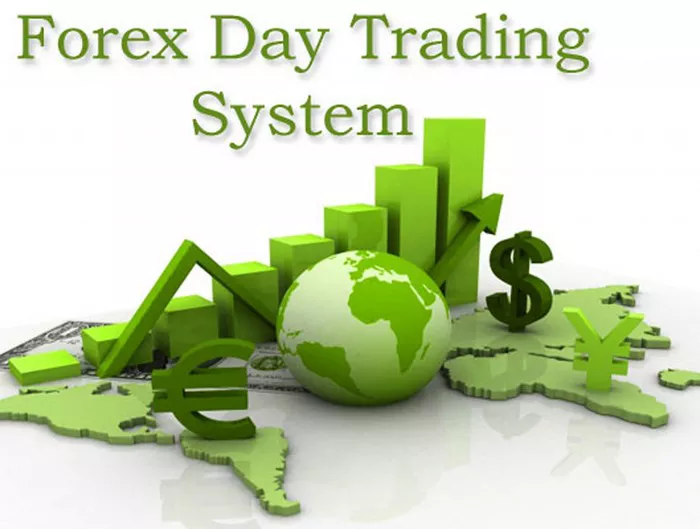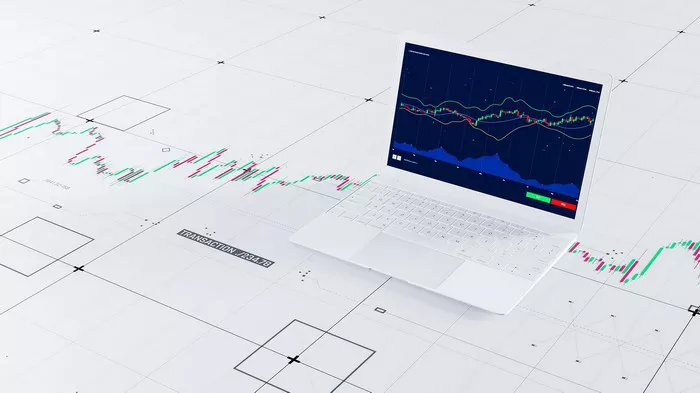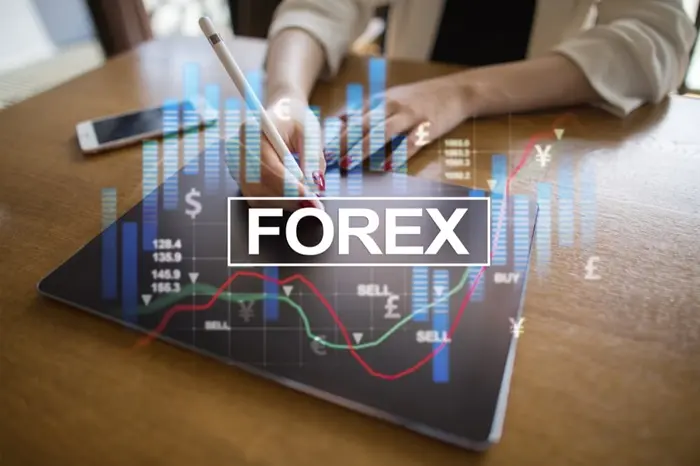The EUR/USD currency pair is one of the most actively traded pairs in the Forex Market. Representing the euro against the US dollar, this pair reflects two of the largest economies in the world—the Eurozone and the United States. As such, it attracts attention from banks, hedge funds, institutional investors, and retail traders alike.
Understanding when the EUR/USD market opens is essential for traders seeking to time their entries and exits effectively. Unlike stock exchanges, the forex market operates 24 hours a day during weekdays, thanks to a decentralized global network of financial institutions, brokers, and exchanges. However, trading activity and liquidity in EUR/USD vary significantly depending on the time of day and the overlapping trading sessions of global markets.
This guide provides a comprehensive overview of EUR/USD trading hours, including the best times to trade, the most volatile periods, market overlaps, and how different economic events impact price movement. We will also explore practical strategies that take advantage of time-based opportunities in the forex market.
Global Forex Market Structure and EUR/USD
The forex market is open 24 hours a day, five days a week, and follows the sun across the globe. This continuous operation is divided into four main trading sessions:
Sydney Session: Opens at 10 PM GMT (Sunday evening)
Tokyo Session: Opens at 12 AM GMT
London Session: Opens at 8 AM GMT
New York Session: Opens at 1 PM GMT
The EUR/USD pair is most liquid during the London and New York sessions, particularly during their overlap.
EUR/USD Market Opening Time: Key Highlights
Technically, EUR/USD is available for trading starting Sunday at 5 PM EST (when the Sydney session opens).
Optimal trading starts during the London session, beginning at 3 AM EST or 8 AM GMT.
The most active and volatile period is during the London–New York overlap from 8 AM to 12 PM EST.
Knowing these times helps traders prepare for maximum liquidity and price movement.
When Does the Forex Week Start and End?
The forex week begins at 5 PM EST on Sunday and ends at 5 PM EST on Friday. The EUR/USD pair, being a major currency pair, becomes tradable as soon as the market reopens, although liquidity is relatively low until Asia and Europe come online.
Daily Opening and Closing Times for EUR/USD
Since the forex market doesn’t have a central exchange, there’s no official “opening” or “closing” bell as in stock markets. However, most brokers align their daily trading day with the New York close, typically at 5 PM EST. This time is used as the official end of a trading day, and new daily candles (on most charting platforms) begin at this time.
Key trading session times in GMT for EUR/USD:
Tokyo: 12 AM – 9 AM
London: 8 AM – 5 PM
New York: 1 PM – 10 PM
London and New York Session Overlap
This overlap from 8 AM to 12 PM EST (1 PM to 5 PM GMT) is when the EUR/USD pair sees the most liquidity and volatility. Both the Eurozone and US markets are fully active during this period. It is the prime time for intraday traders due to:
Higher trading volume
Faster price movement
More trading opportunities
Traders who rely on momentum strategies or news trading often focus on this window.
Best Times to Trade EUR/USD
While EUR/USD can be traded at any time during the forex week, not all hours offer equal opportunities. Here’s when you should ideally trade:
High liquidity times: London session (8 AM–5 PM GMT)
London–New York overlap: Best for volatility and momentum
Avoid trading: During the last hours of Friday and early Sunday (low volume)
Volatility Patterns in EUR/USD
Volatility is essential for traders seeking short-term price movements. The EUR/USD pair exhibits the highest volatility during these events and times:
Non-Farm Payrolls (NFP): First Friday of each month, 8:30 AM EST
ECB and Fed Interest Rate Decisions
London–New York Overlap
Volatility decreases during lunchtime in New York and post-market hours on Fridays.
Impact of Time Zones and Daylight Saving Time
Daylight Saving Time (DST) can shift trading session times by one hour in the spring and fall. The US typically observes DST from March to November, while the EU has its own DST schedule. This can temporarily shift the London–New York overlap, causing confusion for traders. It’s important to use a reliable forex session clock to track these shifts.
How Economic Events Influence EUR/USD Activity
Both European and US economic events strongly influence EUR/USD price movement. Key data releases to watch include:
ECB press conferences
FOMC statements
US CPI, GDP, and jobs data
Eurozone inflation and manufacturing reports
Timing your trades around these events can provide significant trading opportunities, especially when the events align with active trading sessions.
Trading Strategies Based on Market Openings
Traders often tailor their strategies to match market openings. Here are a few:
1. London Breakout Strategy
This strategy involves placing buy and sell stop orders just outside the high and low of the Asian session range. Once the London session opens and volatility increases, a breakout usually occurs.
2. News Trading During Overlaps
Traders can capitalize on news releases from the US or EU during overlap hours. Quick execution and tight risk management are essential here.
3. Scalping During High Volume
Scalpers prefer the London–New York overlap to open and close trades quickly due to tighter spreads and faster price movement.
Technical Indicators Suited for EUR/USD
Popular tools used by traders during high-volume hours include:
Moving Averages (for trend identification)
Bollinger Bands (for volatility detection)
RSI and Stochastic (for overbought/oversold signals)
These indicators are most effective during sessions when the EUR/USD shows directional momentum.
Psychological Factors and Market Timing
Trader psychology changes with time zones. Here’s how:
Early sessions: Conservative trades as markets digest news
Mid-sessions: Increased activity and trend formation
End of sessions: Profit-taking and low liquidity
Understanding these psychological patterns can improve timing and reduce emotional errors.
Avoiding the Worst Times to Trade EUR/USD
Not every hour is a good trading hour. Avoid:
Low liquidity periods (late Friday, early Sunday)
Major holiday sessions (e.g., Christmas, New Year)
Before or after major events if uncertain about direction
Broker Considerations and Market Opening Times
Some brokers differ in how they display session times. Confirm:
Your broker’s server time
When the daily candle resets
Whether they use EST, GMT, or another standard
This ensures consistency in your analysis and reduces confusion during active periods.
Time-Based Chart Patterns for EUR/USD
Some patterns are more reliable at certain times:
Head and Shoulders during London open
Flags and Pennants during overlaps
Double tops/bottoms during trend reversals in New York afternoon
Aligning patterns with session volatility increases their effectiveness.
Role of Automated Trading in Session-Based EUR/USD Trades
Algorithms and expert advisors (EAs) often perform best during sessions with consistent liquidity. Traders using bots should backtest strategies during:
London open
New York volatility spikes
Overlap sessions
How to Prepare Before the EUR/USD Market Opens
Preparation includes:
Checking the economic calendar
Setting technical levels and alerts
Reviewing previous day’s trends and volume
Being prepared before active hours gives traders a competitive edge.
Conclusion
Understanding when the EUR/USD market opens is crucial for success in Forex Trading. While technically available for trading 24 hours a day from Sunday to Friday, real opportunities come from knowing which sessions provide optimal liquidity and volatility. The London and New York sessions—and particularly their overlap—offer the best times to trade the EUR/USD pair.
By aligning your strategy with market timings, monitoring relevant economic events, and practicing disciplined trade execution, you can significantly improve your trading outcomes. Whether you’re scalping during the overlap or analyzing breakouts during the London open, time is a powerful tool in the Forex trader’s arsenal. Learn the rhythms of the market, and the rewards can follow.
Related topics:






























